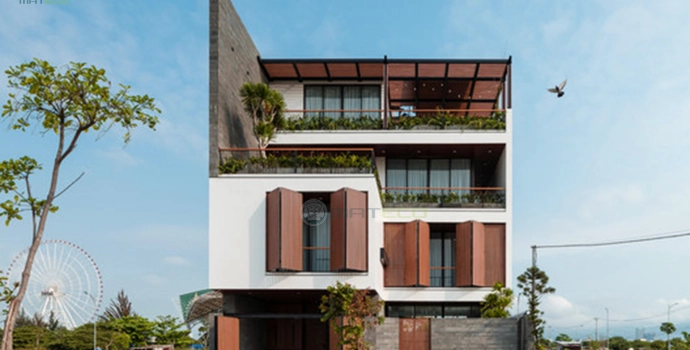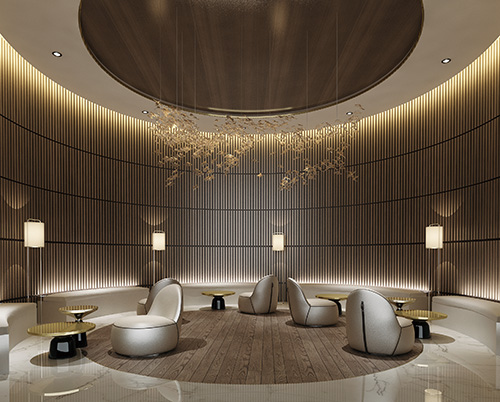Understanding the Differences Between Wall Panels and Cladding
Wall panels and cladding are two essential components in modern construction and architecture, each serving distinct functions. While both contribute to aesthetics and durability, their primary purpose, materials, installation methods, and applications set them apart.

Table of Contents
Primary Function
The fundamental difference between wall panels and cladding lies in their intended purpose:
Cladding: Serves as an exterior protective layer, shielding buildings from environmental elements such as rain, wind, UV rays, and temperature fluctuations.
Wall Panels: Used for both interior and exterior applications, providing aesthetic enhancement, insulation, soundproofing, and in some cases, structural support.
Location and Application
Cladding is almost exclusively used for exterior applications. It is designed to enhance weather resistance, improve energy efficiency, and protect the underlying structure. Examples include rainscreen cladding, composite facades, and stone veneer systems.
Wall Panels are more versatile and can be used both indoors and outdoors. Interior panels are common in office partitions, hotels, retail stores, and homes, where they serve as decorative features or acoustic insulation. Exterior wall panels, depending on their material, may also function as cladding in some cases.

Material Composition
Different materials are used based on function:
Cladding: Metal (aluminum, steel), composite materials (WPC, fiber cement), natural stone, glass, and high-pressure laminates.
Wall Panels: Gypsum, MDF, PVC, wood composites, fiber cement, acoustic panels, and fire-resistant panels.
Installation Methods
Cladding is installed with ventilated gaps, insulation layers, and subframes, whereas wall panels can be mounted directly onto walls with adhesives or mechanical fasteners.
Structural Role
Cladding is generally non-structural, while wall panels can be either structural or non-structural depending on their application.
Thickness and Composition
Cladding is thinner and primarily protective, while wall panels tend to be thicker and may include insulation or acoustic properties.
Terminology and Overlap
While some exterior wall panels function as cladding, not all cladding systems are panel-shaped.
Regulatory and Building Code Differences
Cladding must meet fire resistance, waterproofing, and thermal efficiency standards, while interior wall panels typically have fewer regulatory requirements.
Feature Comparison Table
| Feature | Cladding | Wall Panels |
|---|---|---|
| Main Use | Exterior protection, weather resistance | Interior/exterior decoration, insulation, or structure |
| Location | Always exterior | Interior & exterior |
| Material | Metal, composite, stone, fiber cement | MDF, PVC, wood, metal, gypsum |
Conclusion
While cladding and wall panels share similarities, they serve different purposes in construction. Cladding is specialized for exterior durability, while wall panels provide broader applications in both interior and exterior spaces.
If you are looking for a WPC manufacturer, MATECO WPC will be your best choice.
WhatsApp: +86-13380085620
Email: info@matecowpc.com
















